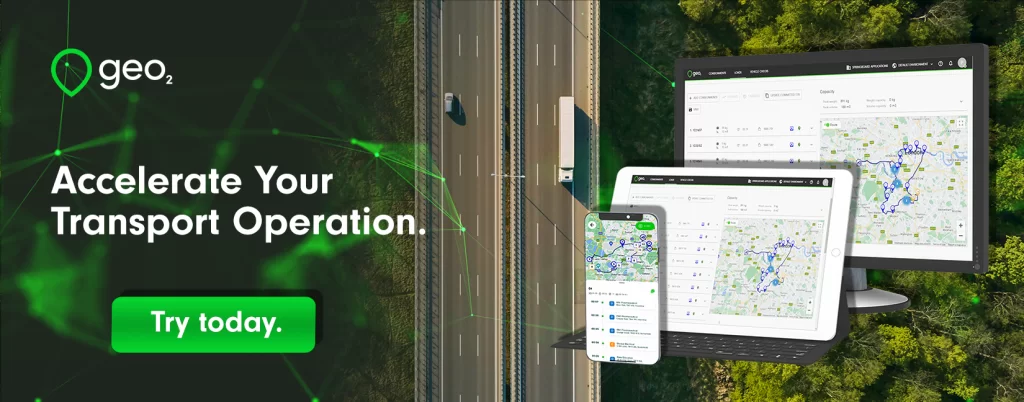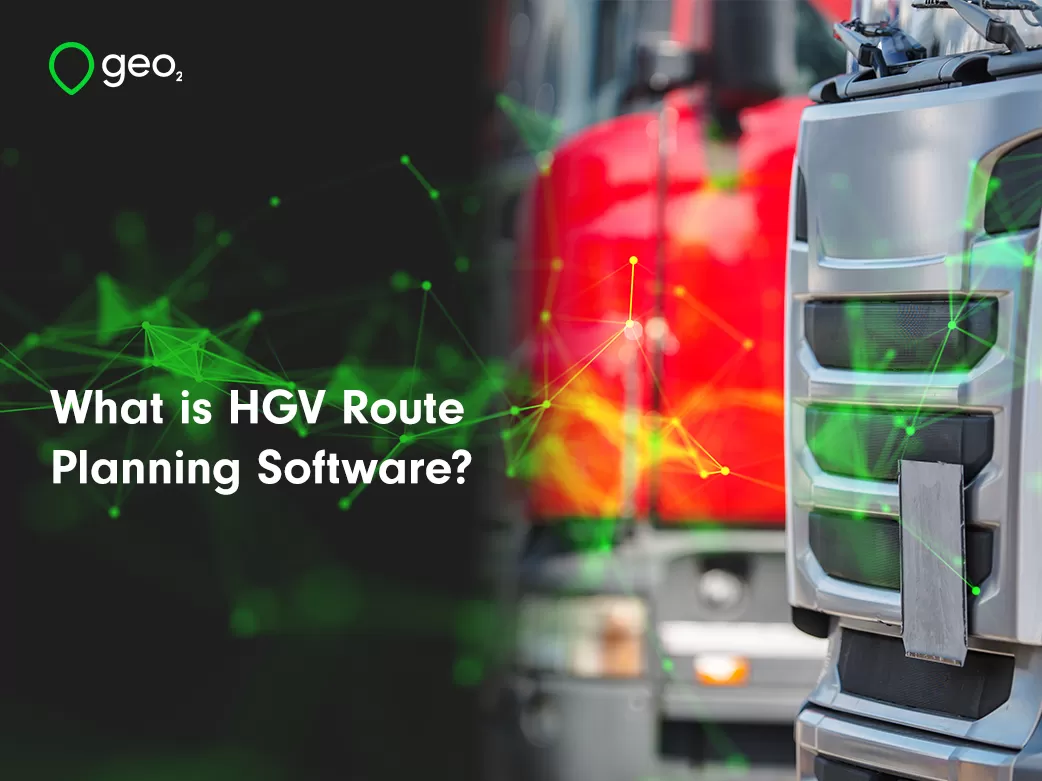
Everything you need to know about Last Mile Delivery.
In e-commerce and logistics, “last mile delivery” is a crucial term. It refers to the final step in the delivery process, where goods are transported from a distribution center to the end consumer. This step, while seemingly simple, is often the most complex and expensive part of the logistics chain. For e-commerce businesses, local delivery services, and transport planners, understanding and improving last mile delivery can boost efficiency, customer satisfaction, and profitability.
Table of Contents.
What Is Last Mile Delivery?
Last mile delivery is the final leg of a product’s journey from a warehouse or distribution center to the customer’s door. This phase is critical because it directly affects the customer experience and satisfaction. Whether delivering a package to a home, office, or pick-up point, the efficiency and reliability of last mile delivery are essential. This step often involves various modes of transportation, such as bikes, vans, and trucks, and requires meticulous planning to ensure timely and accurate delivery.
Why is it Significant?
In today’s fast-paced world, customers expect quick and reliable delivery services. A smooth process ensures customers receive their orders on time, enhancing their shopping experience and building brand loyalty.
Furthermore, efficient last mile delivery can serve as a competitive advantage for businesses, differentiating them in a crowded marketplace. Conversely, delays or mishandling in this phase can lead to dissatisfaction and negative reviews, harming the brand’s reputation and potentially leading to a loss of customers.
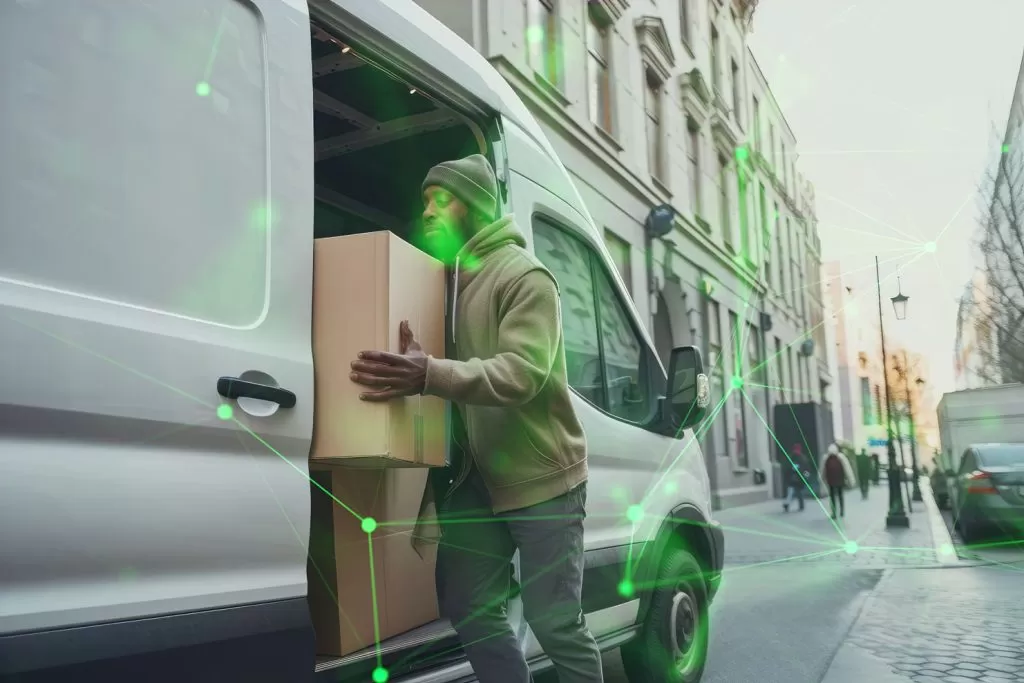
Table of Contents.
Final Mile Delivery Challenges.
Despite its critical importance, last mile delivery presents numerous challenges. Businesses must navigate traffic congestion, narrow delivery windows, and high transportation costs. Additionally, the rise of e-commerce has significantly increased delivery volumes, further straining last mile logistics. Other challenges include managing customer expectations, ensuring the security of packages, and dealing with unpredictable external factors such as weather conditions.
Innovations such as route optimization software, real-time tracking, and alternative delivery methods like drones and autonomous vehicles are being explored to address these challenges and improve the efficiency of last mile delivery. However, implementing these solutions requires significant investment and continuous adaptation to evolving technologies and market demands.
Last Mile Fulfilment.
Effective last mile fulfilment encompasses more than just delivering packages; it requires a well-coordinated effort to ensure timely and accurate shipments.
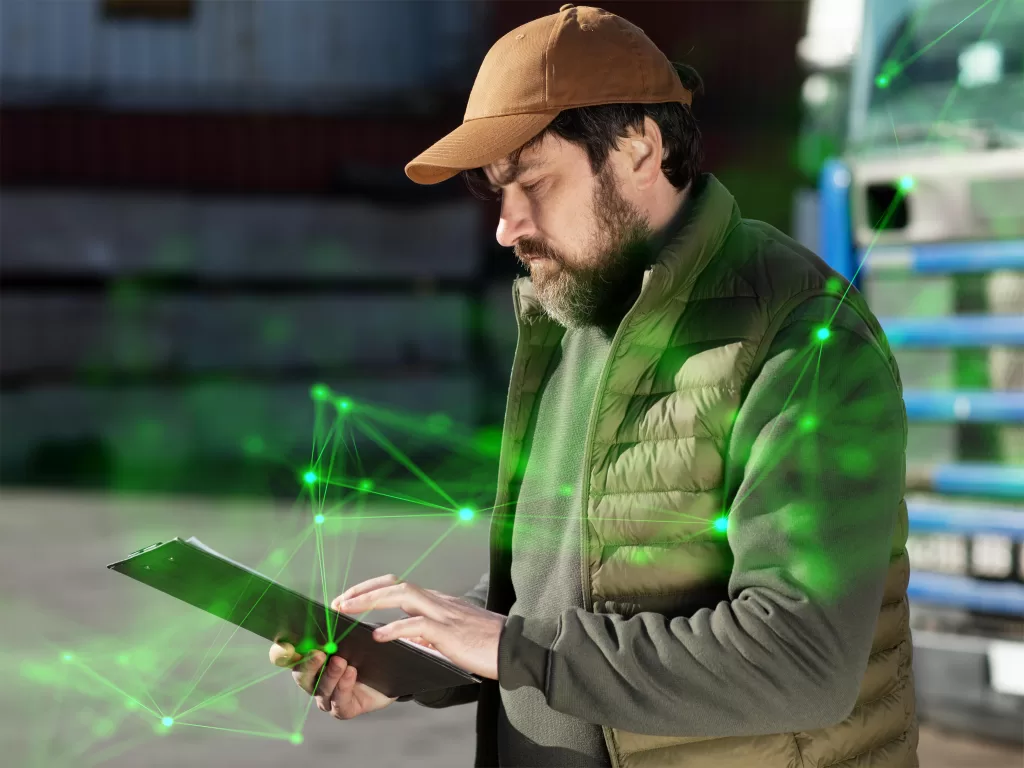
Role of Technology in Last Mile Fulfilment.
Technology is pivotal in last mile fulfilment. Advanced tracking systems, route optimization software, and real-time communication tools streamline the delivery process. By leveraging these technologies, businesses can enhance efficiency and reduce operational costs.
Strategies for Enhancing Last Mile Fulfilment.
To optimize last mile fulfilment, businesses can implement several strategies:
- Invest in robust tracking systems that provide real-time updates for customers and delivery personnel.
- Optimize delivery routes using advanced algorithms to minimize travel time and fuel consumption.
- Enhance communication between delivery drivers and recipients to ensure smooth handoffs.
Benefits of Efficient Last Mile Fulfilment.
Efficient last mile fulfilment translates to faster delivery times, reduced operational costs, and higher customer satisfaction. It also enables better inventory management and reduces the risk of lost or damaged goods.
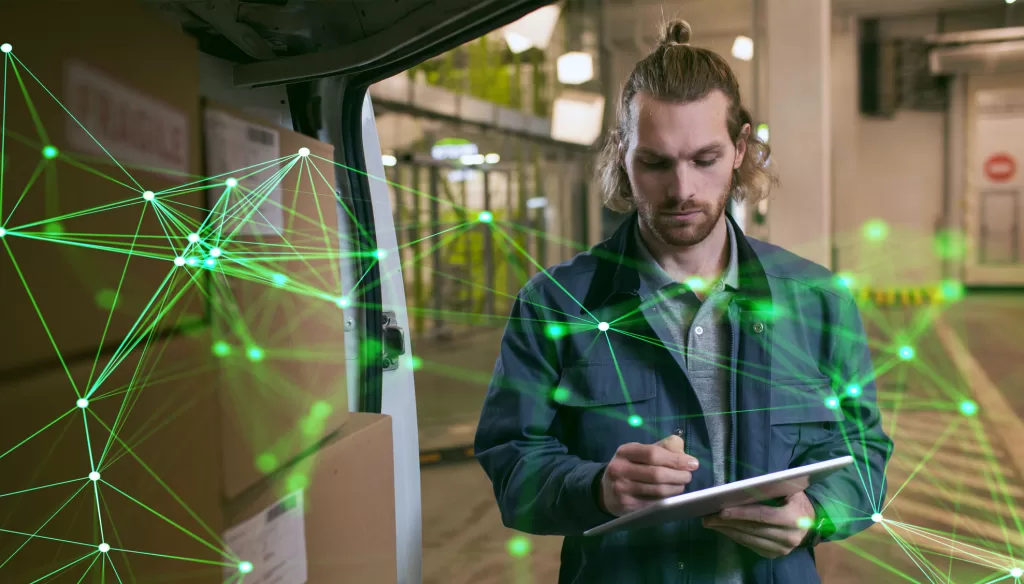
Last Mile Courier.
The role of a last mile courier is crucial in ensuring the success of the delivery process. These couriers are responsible for transporting packages from the distribution center to the customer’s location.
Importance of Last Mile Couriers.
Last mile couriers are the face of the delivery service. Their professionalism and efficiency directly impact the customer’s perception of the brand. Well-trained and reliable couriers can significantly enhance the delivery experience.
Training and Skills for Last Mile Couriers.
To excel in their role, last mile couriers require specific skills and training. This includes knowledge of local routes, effective communication skills, and the ability to handle various types of packages. Investing in the training and development of couriers leads to improved performance and customer satisfaction.
Innovations in Last Mile Courier Services.
Innovations such as electric bikes, drones, and autonomous delivery vehicles are revolutionizing last mile courier services. These technologies offer faster, more eco-friendly, and cost-effective delivery solutions.
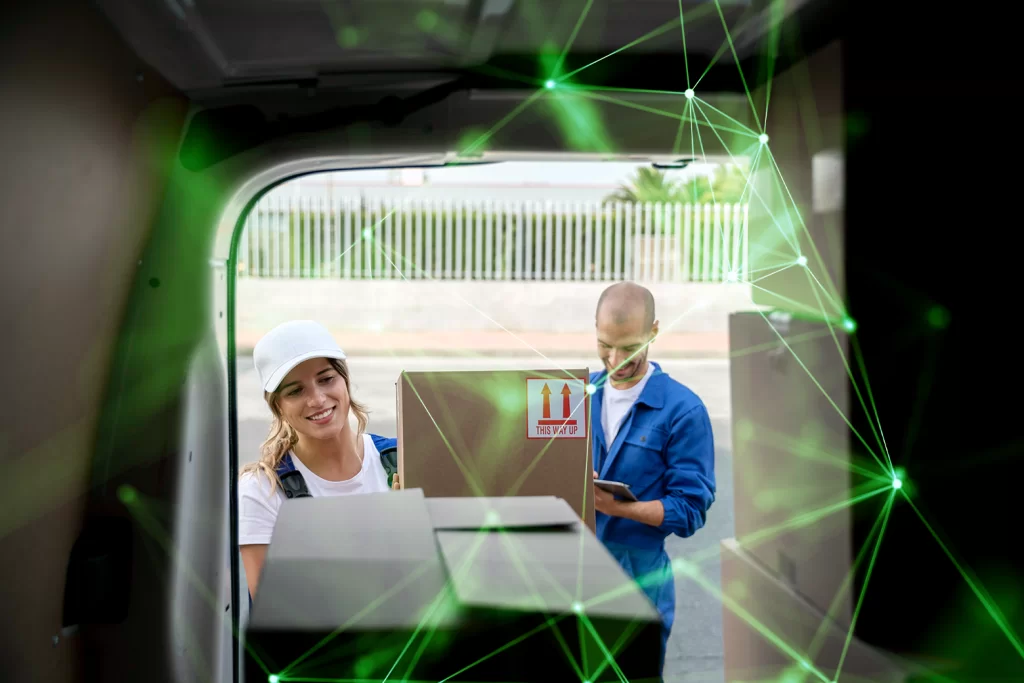
Final Delivery Station.
The last mile delivery station serves as the final staging area before packages are dispatched to their destinations. It plays a crucial role in organizing and managing the flow of goods.
Package Arrived at the Final Delivery Station.
The arrival of a package at the final delivery station marks the beginning of the last mile delivery process. It’s a critical phase that requires careful handling and coordination.
A last mile delivery station is responsible for sorting packages, coordinating dispatch schedules, and ensuring that delivery vehicles are properly loaded. This ensures a smooth transition from the distribution center to the customer’s location.
Processes at the Final Delivery Station.
At the final delivery station, packages are sorted, scanned, and prepared for dispatch. This involves verifying the accuracy of delivery addresses, ensuring that packages are properly labeled, and coordinating the dispatch schedule.
Design and Layout of Delivery Stations.
The design and layout of a last mile delivery station can significantly impact its efficiency. Strategically placed sorting areas, loading docks, and dispatch points can streamline operations and reduce the time taken to prepare packages for delivery.
Challenges Faced by Delivery Stations.
Delivery stations face challenges such as space constraints, high operational costs, and the need for quick turnaround times. Implementing innovative solutions such as automated sorting systems and efficient space utilization can help address these issues.
Common Issues and Solutions.
Common issues at the final delivery station include misrouted packages, delays in sorting, and logistical bottlenecks. Implementing automated sorting systems, enhancing communication between personnel, and optimizing workflow processes can help address these challenges.
Enhancing Efficiency at Delivery Stations.
Efficiency at the final delivery station can be enhanced through the use of advanced technologies, strategic layout design, and continuous monitoring and improvement of processes.
Last Mile Logistics.
Last mile logistics encompass the entire process of planning, executing, and managing the final delivery stage. It’s a complex and dynamic field that requires careful coordination and optimization.
Key Components of Last Mile Logistics.
Key components of last mile logistics include route planning, vehicle management, inventory control, and customer communication. Each of these elements plays a vital role in ensuring a seamless delivery process.
Impact of E-commerce on Last Mile Logistics.
The rapid growth of e-commerce has significantly impacted last mile logistics. Increased order volumes, diverse delivery points, and higher customer expectations have necessitated the adoption of advanced logistics solutions.
Future Trends in Last Mile Logistics.
Future trends in last mile logistics include the use of artificial intelligence for predictive analytics, the integration of blockchain for enhanced transparency, and the adoption of green logistics practices to reduce environmental impact.
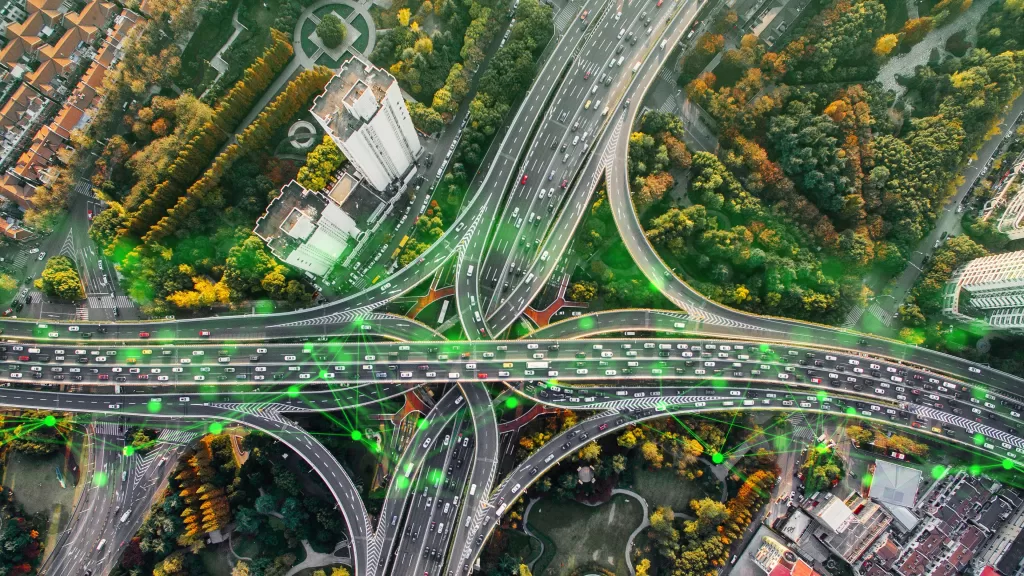
Final Mile Delivery.
Final mile delivery is often used interchangeably with last mile delivery. It emphasizes the critical nature of the final step in the delivery process.
Importance of Final Mile Delivery.
The importance of final mile delivery lies in its direct impact on customer satisfaction. A successful final mile delivery ensures that customers receive their orders promptly and in perfect condition.
Strategies for Improving Final Mile Delivery.
Strategies for improving final mile delivery include investing in advanced tracking technologies, optimizing delivery routes, and enhancing communication with customers. These measures can lead to faster and more reliable deliveries.
Case Studies in Final Mile Delivery.
Several businesses have successfully implemented innovative final mile delivery solutions. For example, Amazon’s use of delivery lockers and Uber’s integration of ride-sharing technology for package delivery have set new standards in the industry.
Last Mile Logistics Solutions.
To overcome the challenges of last mile delivery, businesses need robust logistics solutions that can adapt to changing demands and conditions.
Types of Last Mile Logistics Solutions.
Types of last mile logistics solutions include sustainable transportation options, advanced route optimization software, and real-time tracking systems. These solutions help businesses streamline their operations and enhance customer satisfaction.
Benefits of Implementing Logistics Solutions.
Implementing logistics solutions offers several benefits, such as reduced delivery times, lower operational costs, and improved customer experiences. It also enables businesses to scale their operations and manage increased delivery volumes.
Choosing the Right Solutions for Your Business.
Choosing the right last mile logistics solutions involves assessing your business’s specific needs, evaluating available technologies, and considering factors such as cost, scalability, and ease of integration.
Conclusion.
Last mile delivery is a critical component of the logistics chain that directly impacts customer satisfaction and business success. By understanding the challenges and implementing effective solutions, e-commerce businesses, local delivery services, and transport planners can optimize their last mile delivery processes. Investing in advanced technologies, training personnel, and continuously improving logistics operations will lead to faster, more reliable, and cost-effective deliveries. For those looking to stay ahead in the competitive world of e-commerce logistics, focusing on last mile delivery is essential.
Ready to take your last mile delivery to the next level? Explore our comprehensive logistics solutions and discover how we can help you achieve seamless and efficient deliveries.
